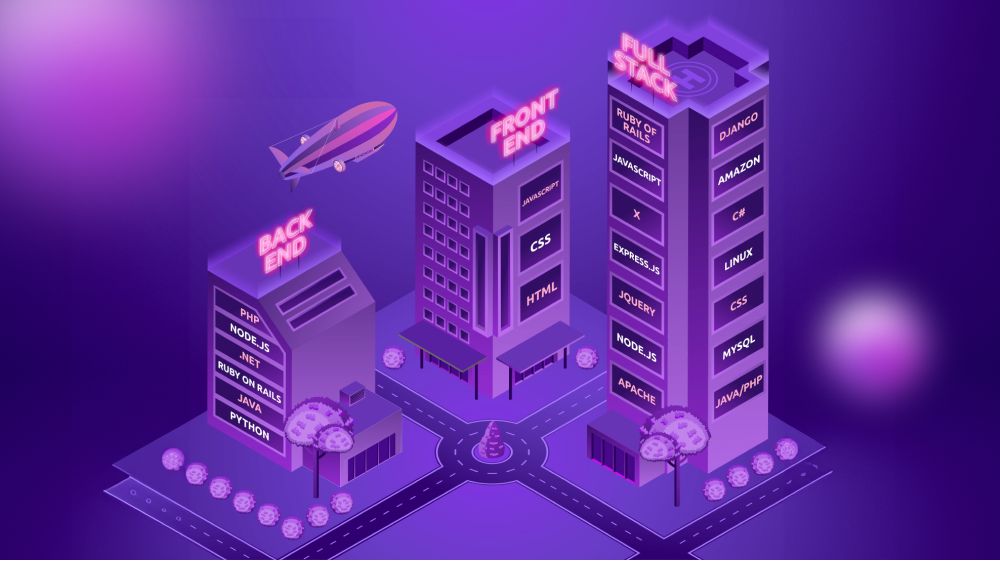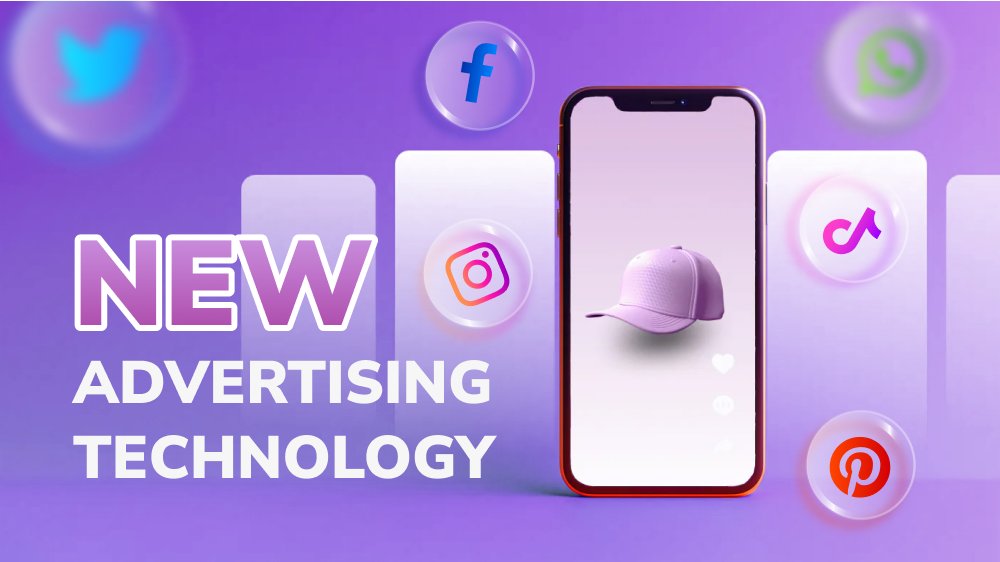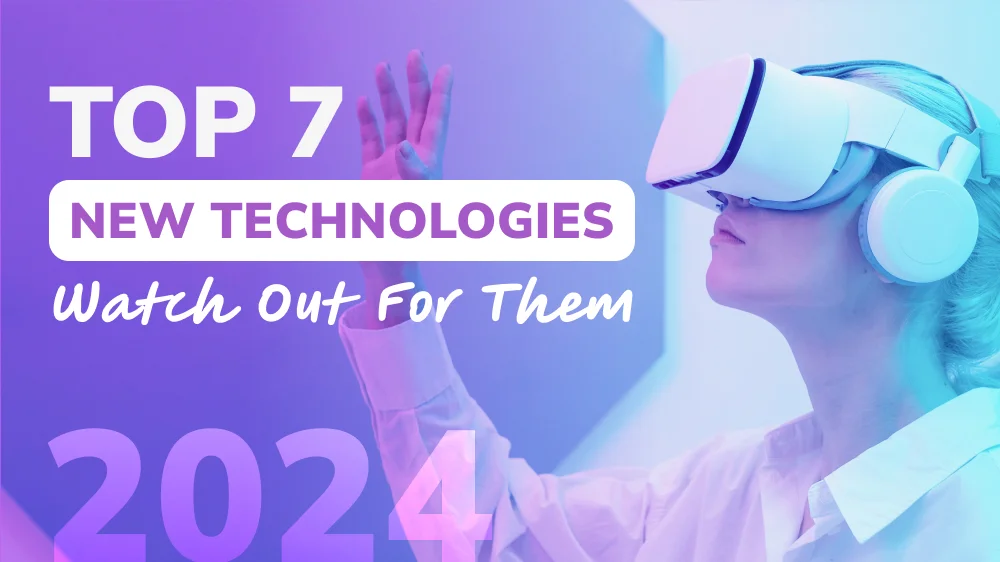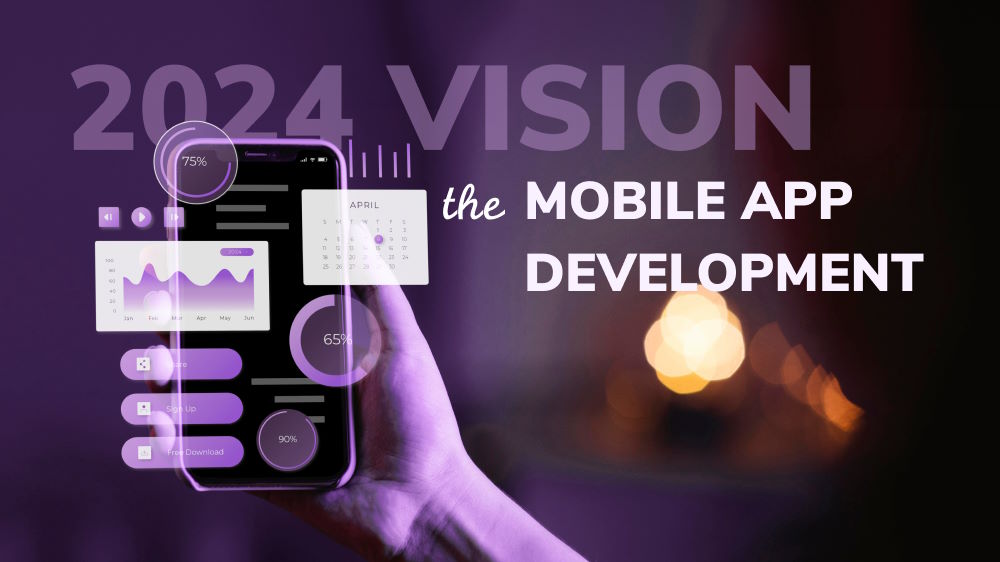Improving Diversity And Inclusion In Technology To Drive Innovation

Content Map
More chaptersThe term ‘Diversity and Inclusion’ refers to how a company deliberately cultivates a diverse workforce. A diverse workforce consists of people from underrepresented communities in the tech industry, such as ethnic minorities, gender minorities, and women in certain tech roles.
Specifically, diversity refers to the state of the workforce, and inclusion refers to the attitude, policies, and practices of the tech recruiters in hiring, retaining, and developing a inclusive tech workforce.
What Do Diversity And Inclusion Mean For The Tech Industry?
The tech industry is well-known for being male-dominated. This is unfortunate because technology has the power to impact every single life on earth.
Diversity and inclusion has been a salient issue in the tech industry, because it presents a strong business case, but there has been slow progress. This is unfortunate because many tech companies depend on their diverse employees for perspectives, innovation, global market insights, and specialist skills. Projects in the domestic tech sector are rarely confined to local or even national boundaries. They tend to involve international specialists, using data from international sources, and aim to serve an international user base.
Diversity in tech drives innovation, hence tech companies stand a chance to win the market by having solid diversity initiatives in place to nurture this advantage, one that places technical roles such as software engineers among the most attractive and rewarding positions worldwide.
Hiring Diverse Talent For Tech Jobs
McKinsey identifies opportunities in socioeconomic, educational, and neurodiversity. This identification expands the scope of diversity and inclusion, which has been dominated by issues of gender and cultural diversity. Having talent recruitment and management approaches tailored to address each type of diversity would deliver effective outcomes.
Sue Li of SwipeGuide suggests that recruiters hire for potential, not past experience, in order to increase diversity in recruitment. This also means favoring candidates willing to learn and grow, rather than penalizing them on what they do not know, which is a result of their diverse backgrounds. While her top tips refer to women in tech leadership positions, she is one of the female role models whose advice could also be applied to other types of diversity.
Gender diversity in tech
Gender diversity is the most obvious and long-time issue in tech. Taking a look at software teams across tech companies and you often see that the overwhelming majority is men, especially among leadership roles. Women are underrepresented individuals in STEM fields, a reason why there are fewer of them in the tech industry.
The lack of gender diversity also places pressure on men in tech. Rebecca Parsons, CTO of ThoughtWorks, highlights the unconscious bias of ‘brogrammer culture’ in tech - how the tech industry wrongly perceives itself to be meritocratic, but it does have a pervasive bias against people who are not macho.
It is very common to see a developer team of only male members. It is important to realize that this is not normal, but a diversity problem. When your company receives a smaller proportion of female applications for technical roles, what can you do to diversify your talent pipeline so that the next batch of software engineering new hires have a more balanced ratio of men to women? Maybe it is time to carry out a recruitment marketing strategy specifically targeted at underrepresented groups, to encourage potential candidates to consider applying.
A harder battle is diversifying leadership representation. The diversity gap is very real for women in tech. Notably, female tech leaders benefit from internal promotion and recruitment because their proven track records have been duly recognized.
How to solve such an entrenched lack of diversity? Implicit or unconscious bias training is vital in making people in charge of hiring and promotion aware of harmful unconscious biases. Awareness leads to careful management of snap judgment and mental shortcuts, so that they give unconventional candidates a chance to prove themselves.
Socioeconomic diversity in tech
Socioeconomic diversity means having people from different socioeconomic backgrounds, such as a mix of those from local wealthy old money families, to an immigrant who grew up knowing intimately financial hardship. Well-paid tech jobs are especially attractive to the latter, because of their promises of financial stability and social mobility.
Meanwhile, diverse candidates may lack the economic means to afford a full university program in a relevant technical discipline, consequently hurting their on-paper credentials. Therefore, recruiters should not overlook qualified candidates with non-conventional training, such as coding camps, self-paced online courses, freelancing or volunteering in a technical capacity.
Also consider people with employment gaps due to family responsibilities or criminal records. As long as they demonstrate high competency and reasonable ethics, try your best to overcome the hesitance regarding their socioeconomic backgrounds. Evaluate with fairness their professional aptitude. They may have a trove of experience and skills that enrich your company’s perspective.
The tech industry has a unique chance to improve socioeconomic diversity because of its inherently egalitarian nature. Anyone with the right skillset can excel, even if they have not graduated from college.
Educational diversity in tech
We have suggested considering tech talent with no relevant educational qualification, except their portfolio of actual work. This includes people who switch careers, who are returned retirees, or immigrants with an education from a less developed country.
Talent recruitment at tech companies should have the discernment and acuity to recognize authentic professional competency, without the stamp of approval from well-known university programs. They can do so by training to look beyond superficial differences in the use of technical terms or presentation, and focus more on how these people are able to provide good solutions using different approaches.
People from diverse educational backgrounds bring with them alternative perspectives in solving common technological problems, thus contributing to the creativity of the company culture.
Neurodiversity in the tech industry
Neurodiversity is an inclusive term to recognize the differences in which people experience the world. Specifically, it is often mentioned in relation to autism spectrum disorder (ASD), and other neurological conditions, such as ADHD, dyslexia, etc. Some people with these conditions have average to above average IQs and can live on their own. Their left brains, the one in charge of logical reasoning crucial for tech jobs, may be exceptional in solving technological problems. Therefore, it would be a mistake to totally ignore people from a neurodiverse background.
Neurodiverse employees are arguably the most underrepresented minorities in tech, due to the tech industry’s high pressure. To open doors for them, place value on remote work. Being able to work in their purpose-built home offices empowers them to join your diverse labor force in a work environment tailored to their particular needs.
Because of their special conditions, extra sensitivity and understanding are necessary to approach, evaluate, and hire this particular group of tech talent. Just as a school has a special education specialist, a talent recruitment team may consider seeking neurodiversity specialist consulting. Community connections may be most effective in sourcing these special talents. Listen for word of mouth and ‘local legends’, since successful neurodiverse people often enjoy a supportive social network who has helped them deal with challenging daily nuisances so they can focus on honing their professional aptitude.
Cultivate An Inclusive Workplace To Retain Diverse Talent
An inclusive workplace makes every employee feel valued for being who they are. Their differences are not just acknowledged but even appreciated for what they can contribute to the company culture and business strategy.
Aim for sustainable equity, not just equality
An inclusive workforce does not just try to remedy a lack of diversity - they celebrate it. This does not involve giving equal opportunities for all, because doing that means giving the same chance to people from very different backgrounds. This approach only perpetuates inherent inequality.
Rather, sustainable equity should be the main goal. Diversity-minded leaders have a sensible understanding of employees’ backgrounds, and how such a background influences their chances in life and the journey they get to where they are. Consequently, the leaders can take proactive actions to offer opportunities that put everyone on an equal footing, giving disadvantaged people a fighting chance to achieve social mobility.
Celebrate cultural differences
Depending on the country of your residence, public holidays may not include the important festivities celebrated by employees of ethnic minority heritage. This could be particularly disheartening for those who hold strong family values and faith.
Let your diverse employees know that their culture is respected by having in place annual leave policies that take into account cultural or religious observances. Appreciate their effort in celebrating the important festivities, such as sharing photos of their workstation decorated in the style of that occasion.
Details like these may seem small, but they count towards your overall diversity level.
Improve leadership representation
Having a leader from underrepresented groups sends a powerful message about your company. This is one of the most recognizable evidence of your diversity effort. A diverse management encourages your diverse employees to become unofficial ambassadors for the company.
Use Technologies To Improve Diversity in Tech
Several solutions are available to attract more diverse talent, minimize unconscious bias, and improve your HR strategy. These technologies make extensive use of artificial intelligence and automation to evaluate and detect potential biases.
For talent acquisition, these tools assist hiring teams from application screening to interviews:
- Textual auditing to reduce biased wordings in job postings
- Audiovisual auditing to detect biases in interviewers’ recordings
- Outreach tools to connect with recognized networks of diverse candidates
- Resume analysis to facilitate objective matchings of skills to job descriptions
For talent management, virtual reality technologies assist in unconscious bias training, sexual harassment training, and diversity training. Such technologies enable a virtual space in which current employees can practice recognizing and dealing with diversity-related workplace situations.
For employee experience, data analytics and business intelligence can collect data from communication platforms, employee sentiment surveys, diversity representation, promotions, and pay equity, etc. Such analytics reveal insights about the state and engagement of diverse employees in the organization. Such insights pinpoint areas for diversity improvement.
Stand Out With A Diversity And Inclusion Policy

Tech companies prize performance, sometimes at the expense of potential. This is partly due to the intensely competitive nature of the tech industry, but this is hurting tech diversity.
The lack of diversity does impact the quality of the tech products. Software that is user-friendly and leaves an impact on the users, especially for certain user-focused industries, requires a diversity of skills and personal experience involved in its development lifecycle.
For example, effective UX/UI design depend not only on a strong grasp of design principles, but also on an intuitive understanding of the user experience. Your diverse designers may draw as much from their cultural and personal experiences as from their professional training.
Consult your engineers’ experiences in working for offshore development centers before joining your company. They may have insight into overseas markets or foreign customer demands.
Therefore, recognize not just the hard, technical performance, but also the diverse cultural and personal experiences of your staff. Value their non-technical experiences as much as their technical proficiency, and you may discover a trove of immeasurable resources at your disposal.







